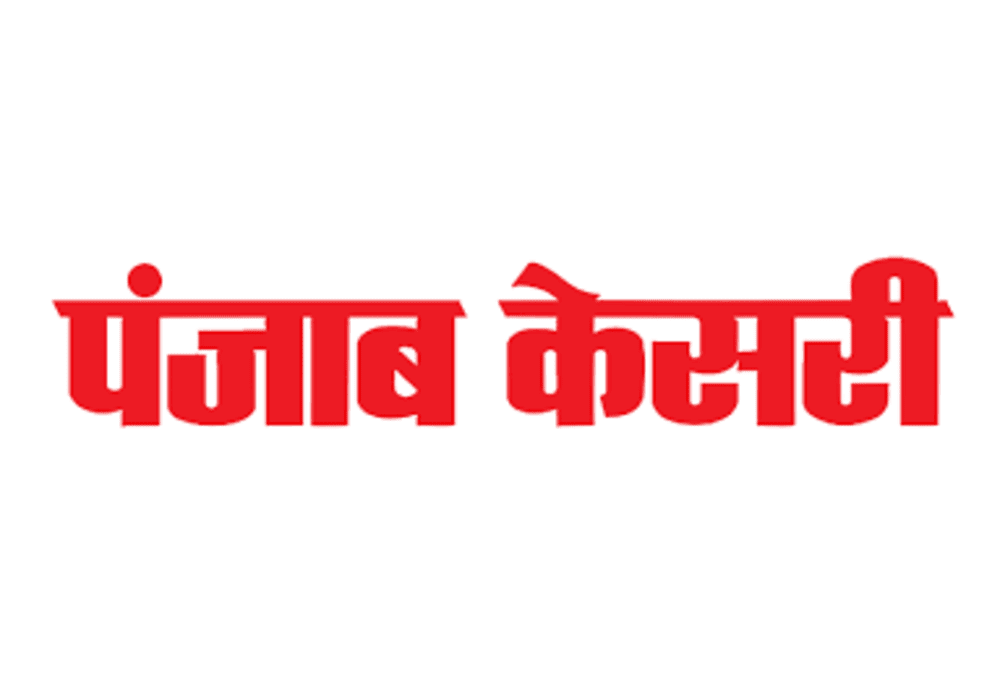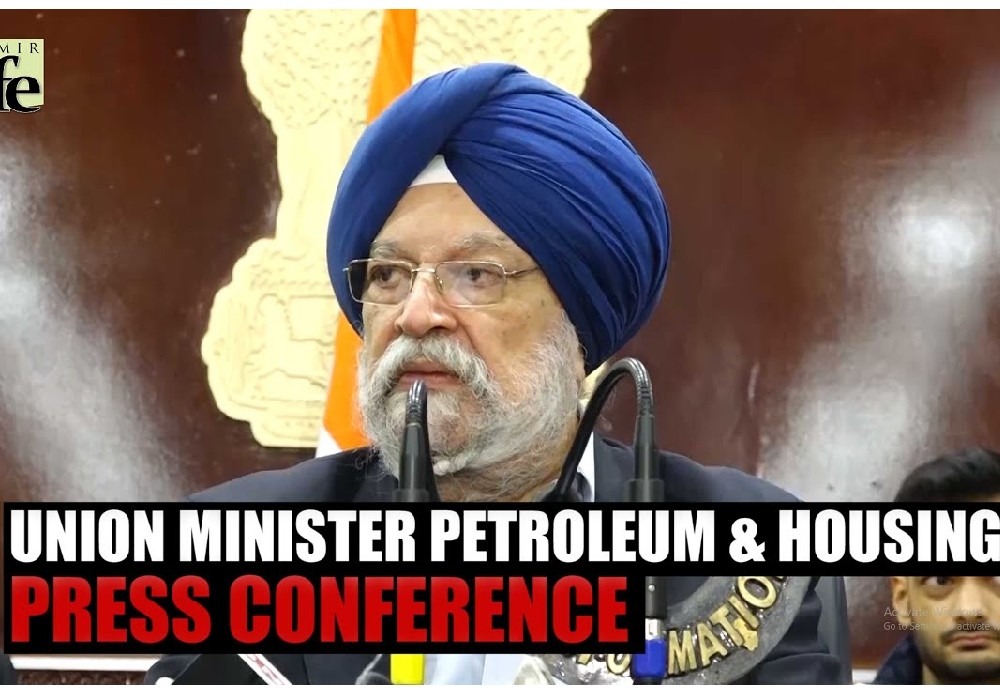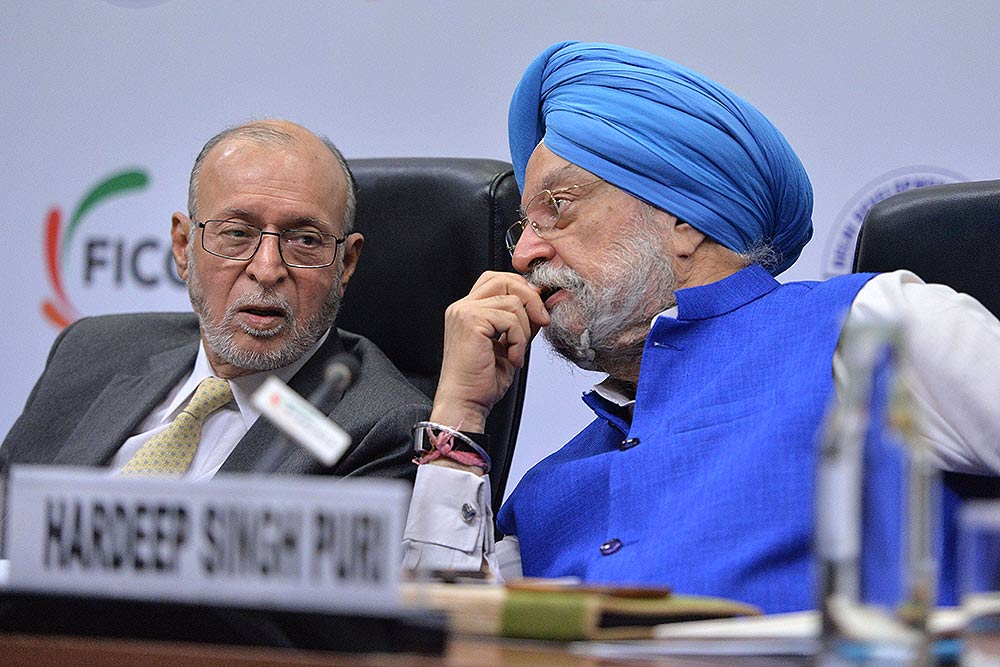41st meeting of the National Capital Region Planning Board held under the chairmanship of Shri Hardeep Singh Puri
Oct 12,2021
The 41st meeting of the National Capital Region Planning Board (NCRPB) was held today under the chairmanship of Shri Hardeep Singh Puri, Minister of Housing & Urban Affairs. It was attended by Shri Manohar Lal Khattar, Chief Minister Haryana in person and Shri Sidharth Nath Singh, Minister of Khadi & Gram Udyog, Kapda, MSME and NRI Deptt., Uttar Pradesh; Shri Shanti Kumar Dhariwal, Minister of Urban Development, Rajasthan; Shri Satyender Jain, Minister of Urban Development, Govt. of NCT Delhi through digital mode. Besides, Secretary (HUA), Govt. of India, the Chief Secretary, Govt. of Haryana; Additional Chief Secretary of Govt. of NCT Delhi; Member Secretary, NCRPB and other senior officers of the Central Govt., and NCR participating States attended the meeting.
Speaking in the meeting, Shri Puri, Chairman, NCRPB said that the NCR Planning Board is a unique example of inter-State and inter-Agency coordination and harmonized Regional Development in the country. He said that with increasing urbanization levels in NCR, the region is going to be the largest agglomeration in the world by 2030, whichpresents major challenges for the future of this region. The Minister said that all of us shall work closely together in visualising and building a future ready nationalcapital region of new vibrant India.
There was a broad agreement on the major elements of the draft RP-2041. Following few issues were discussed in detail in the meeting and agreed as below:
- NCR Delineation – The consensus arrived at was that the geographical size of the region should be contiguous circular region of 100 km radius from Rajghat (Delhi). Beyond 100 km radius and upto existing NCR boundary, all notified cities/towns along with a corridor of 01 km on either side of connecting Expressways/ National Highways/ State Highways/ Regional Rapid Transit System will be included. Further, the decision to include or omit Tehsils lying partly within this 100 km delineation shall be left to the respective State governments.
- Population Projections- Population estimates of the Draft RP are indicative and do not imply any restriction on the States. States may take/use figures as per their projections for next 20 years and their infrastructure and other development requirements.
- Natural Conservation Zones – This was discussed in detail and it was agreed that this be called a “Natural Zone” and development within this shall be protected/ conserved/ regulated/ utilized as per relevant Central/State laws and directions of the Hon’ble Courts and NGT.
- Uttar Pradesh requested that NCZ delineation for the four newly added districts may be done under RP-2041 as the current RP-2021 is going to expire in next few months. This was discussed and agreed to by the Board.
- The Chairman expressed the views that the Draft RP is an evolving document and views of the States on the draft provisions may be reviewed till it gets finalized and approved by the Board for publication and implementation.
- It was decided that after carrying out necessary changes in the draft RP-2041, it should be placed in public domain for 30 days as mandated under the law to seek views of all stakeholders that includes States / Organisations / Public etc.
- It was desired that after carrying out necessary changes as per procedure to consider comments / feedbacks, efforts should be made to notify the final version of RP-2041 by the end of March, 2022 with the approval of the Board.
Key Highlights of the Regional Plan 2041:
- Main Priority areas for the Draft Regional Plan are Urban Regeneration, Future Ready Infrastructure, Multi Modal Transport & Logistics, Industries & MSME, Economic Corridor, Tourism, MICE (Meetings, Incentives, Conventions & Exhibitions) & Leisure, Farm income & traditional economy, Skill Development & Employment, Smart & Digital NCR and Ease of doing Business.
- The Plan’s proposal of ToD (Transit Oriented Development) along major transport corridors, high FAR (Floor Area Ratio), TDR (Transferable Development Rights), vertical brown field re-development, mix land use in old parts of cities and smaller towns to promote medical/educational/tourism hubs, affordable rental housing are transformative in nature and will go a long way in meeting demands of rapid urbanization.
- Water is going to be a scarce resource and Plan proposals of decentralized STPs with dual piping and recycled water will address the water scarcity.
- The Plan lays key focus on multi modal connectivity across NCR through air, road, rail and inland waterway connectivity. It proposes 30-minute connectivity through super-fast trains within major cities of NCR as well as proposes to explore feasibility of 30 minute Mass Transit Rail System from nearest NCR boundaries to Delhi.
- Plan’s proposal of promoting electric mobility infrastructure, emphasis on circular economy of water and air quality improvements will help environment conservation. Urban regeneration, ease of living, slum free NCR, 24 hours Air ambulance, Swachh and Smart NCR are major initiatives of this Plan.
****
YB/SS



(3).jpg)